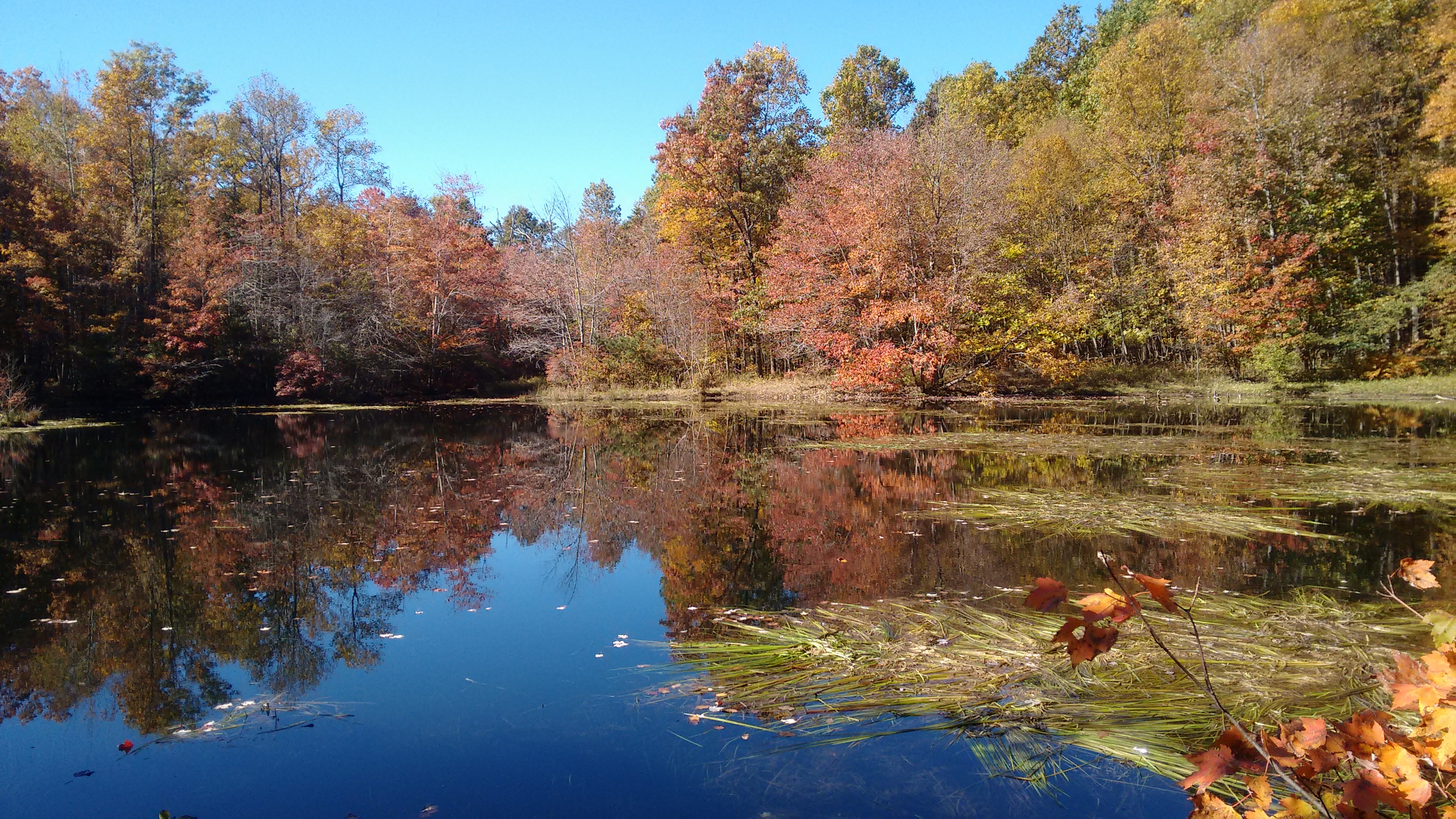
Forests are critical to the long term health of Frederick's streams, the Monocacy River, and our communities.
Forests:
- Filter out pollutants, including nutrients (like nitrogen and phosphorus - good for the Chesapeake Bay!) and contaminants (like metals and pesticides - good for the water we drink!).
- Soak up floodwaters - a mature oak tree can drink up 40,000 gallons of water in a year
- Reduce peak water flows - they slow down runoff, which is good for our storm drains, streams, and rivers. Slower water is less likely to inundate our stormwater features, and slow water can carry less sediment (which means more sediment stays where we want it to stay!)
- Keep temperatures cooler (especially water temperatures, which is good for delicate species, like trout)
- Eat up CO2 (forests use that greenhouse gas to grow, and give us back oxygen - what a trade!)
- Provide homes for animals
Forests are too important to lose to development, but over the last five years, Frederick County has lost 300 acres!
Why is that happening?
Frederick used to have a Forest Resource Ordinance that required one acre replanted for every acre chopped down. During the years that this ordinance was in effect, Frederick County gained 10 acres, which is a good sign that the legislation was working as planned. This old Forest Resource Ordinance (which we'd like to see reinstated) was a good piece of legislation and should be a model for the state.
But between then and now a board of county commissioners decided to remove that requirement and go to the state minimum. The state minimum only requires a quarter acre replanted for every acre chopped down. During the five years since that change, Frederick County has lost at least 300 acres.
P.S. How did Frederick gain 10 acres if the law required one acre replanted for every acre lost? Under the old law, there were different replacement rates based on where the trees would be planted. So, if trees were to be planted off-site, the requirement was 2.5 acres replanted for every acre lost. This makes a lot of sense since young trees take time to provide the habitat and other ecosystem services, and the off-site location would not be providing those benefits to that same area. It is better for trees to be saved or replanted in the same geographic area.



